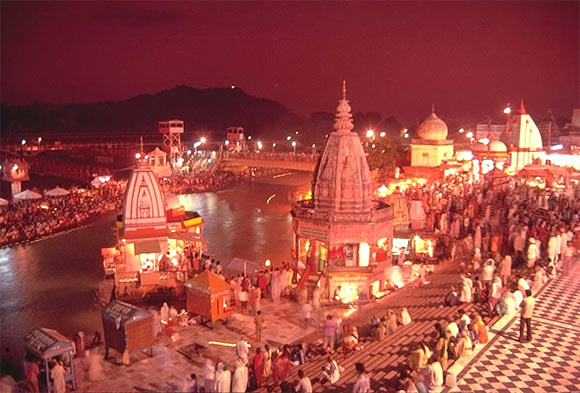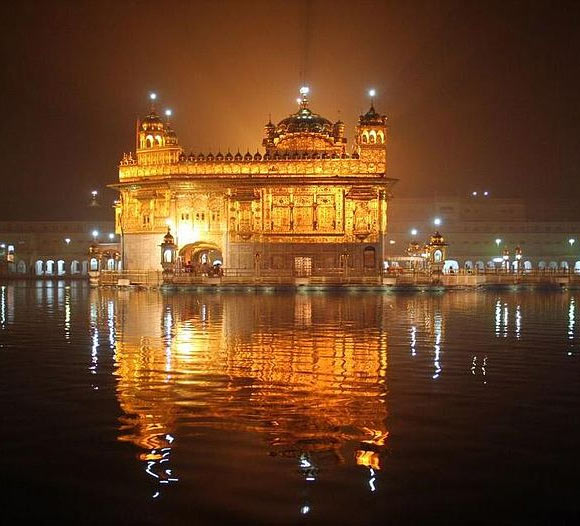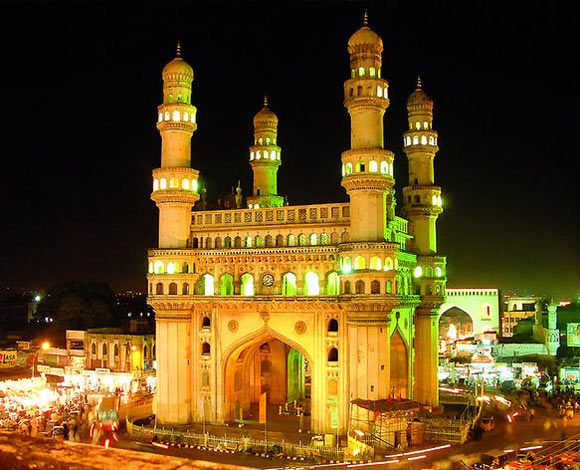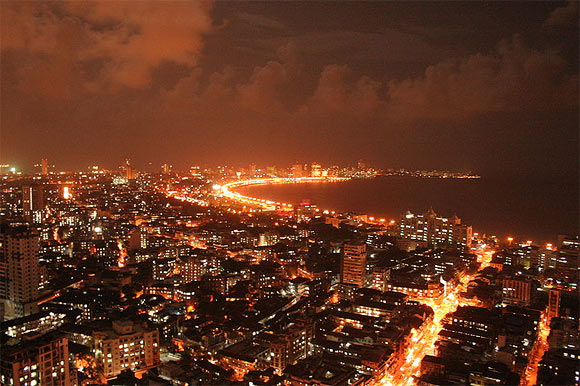
The Hindu festival of lights, Diwali is celebrated by across the country and indeed the world to mark the triumph of good over evil. While lighting oil lamps and bursting firecrackers are the norm during this occasion, did you know that there are actually different significances and ways of celebrating the festival in different parts of India? Read on!
It is a great time for culture-hungry travellers to travel around India with communities from North to South India celebrating Diwali in different ways. The vastness and diversity of India and the richness of its history truly come to life during this sacred festival.
Get ready to eat, pray, love as Hotels.com sheds some light on the different ways this festival is celebrated in our country.
Haridwar, Uttarakhand
Diwali in North India is believed to be the time when Lord Rama, an incarnation of the God Vishnu, defeated and killed the evil King Ravana, returning to his home after fourteen years in exile according to the great Hindu epic Ramayana. Lord Rama's homecoming was celebrated with lights, fireworks and the bursting of crackers, a tradition that is continued to this day in many northern Indian states.
For travellers looking to experience a traditional Diwali celebration, there is no other place like Haridwar in Uttarakhand in northern India, home to a fascinating bevy of sadhus (holy men), pundits (Hindu priests), pilgrims, guides, and beggars.
Considered one of the seven holiest places in India and one of the oldest cities in the subcontinent, Haridwar is drenched in the rich aromas of incense sticks during Diwali as devotees make offerings to their gods. Diyas (clay lamps) and flowers adorn the temples and the River Ganges comes to life as priests from the temples lead the local community in a worship procession, chanting ancient Sanskrit prayers and floating the diyas down the river in a devotional ritual to Maa Ganga, goddess of the most holy river in India.

Amritsar, Punjab
As the spiritual home of Sikhism, the city of Amritsar in the northwestern state of Punjab is the epicentre for the celebration of BandiChhorh Divas, a Sikh festival that coincides with the third day of Diwali.
Known as the Day of Liberation in English, the festival celebrates the release of Guru Hargobindji and 52 princes in 1619.
The Guru's subsequent arrival in Amritsar several days later in the midst of Diwali celebrations has since associated his liberation with the Festival of Lights, and hundreds of years later, this momentous occasion is still commemorated with thousands of candles and lamps, literally lighting up the whole city.
Travellers will be hard pressed to find a better-lit city than Amritsar during Diwali, in particular the Sri Harmandir Sahib (Golden Temple), a Sikh Gurdwara surrounded by a large lake.
The temple is a sight to behold during Diwali, as the entire building is literally set aglow by the lights on and around it. Devotees set oil lamps and candles floating in the water surrounding it and rounding off the celebrations with a spectacular fireworks display and endless rounds of bursting firecrackers.

Hyderabad, Andhra Pradesh
While Diwali commemorates Lord Rama's homecoming in the North, during this festival Hindus in the South pay homage to Lord Krishna's defeat of the demon Naraka, a powerful king of Assam who controlled all the kingdoms on earth and imprisoned thousands of people. This day was henceforth known as NarakaChaturdashi -- the first day of Diwali and the beginning of four days of festivities in South India.
With its rich history as the capital of Andhra Pradesh, the oldest state in India, Hyderabad celebrates Diwali with much pomp and splendour. In commemoration of the victory of good over evil, the local community makes effigies of the infamous demon Nakara and burns them on the outskirts of the city. Travellers to the Silicon Valley of India can expect to see lots of lights, fireworks and traditional Hindu rituals. Better yet, why not immerse yourself in a time-honoured South Indian Diwali celebration by lighting some diyas yourself and sharing some traditional sweets with the locals?

Mumbai, Maharashtra
Travellers looking for something different to the North should head to Mumbai in the state of Maharashtra, where Diwali celebrations typically last for four days.
Comprising rituals that honour the bond between mother and child, husbands and wives as well as brothers and sisters, Diwali celebrations in Mumbai tend to carry a more sacred and holy aura to it compared to the North.
Lucky enough to be in Mumbai during Diwali? If you don't mind the crowds, head to the colourfully decorated markets and shops, where you can find Indian handicrafts, jewellery and souvenirs at fabulous festival discounts.
Step into a sweetshop and sample various Indian sweets, or simply admire the houses decorated with Rangolis -- colourful designs drawn on the entrances with powder. At night, take part in the celebrations by lighting a diya and try your hand at bursting crackers, or simply sit back and enjoy the atmosphere as the entire city lights up.